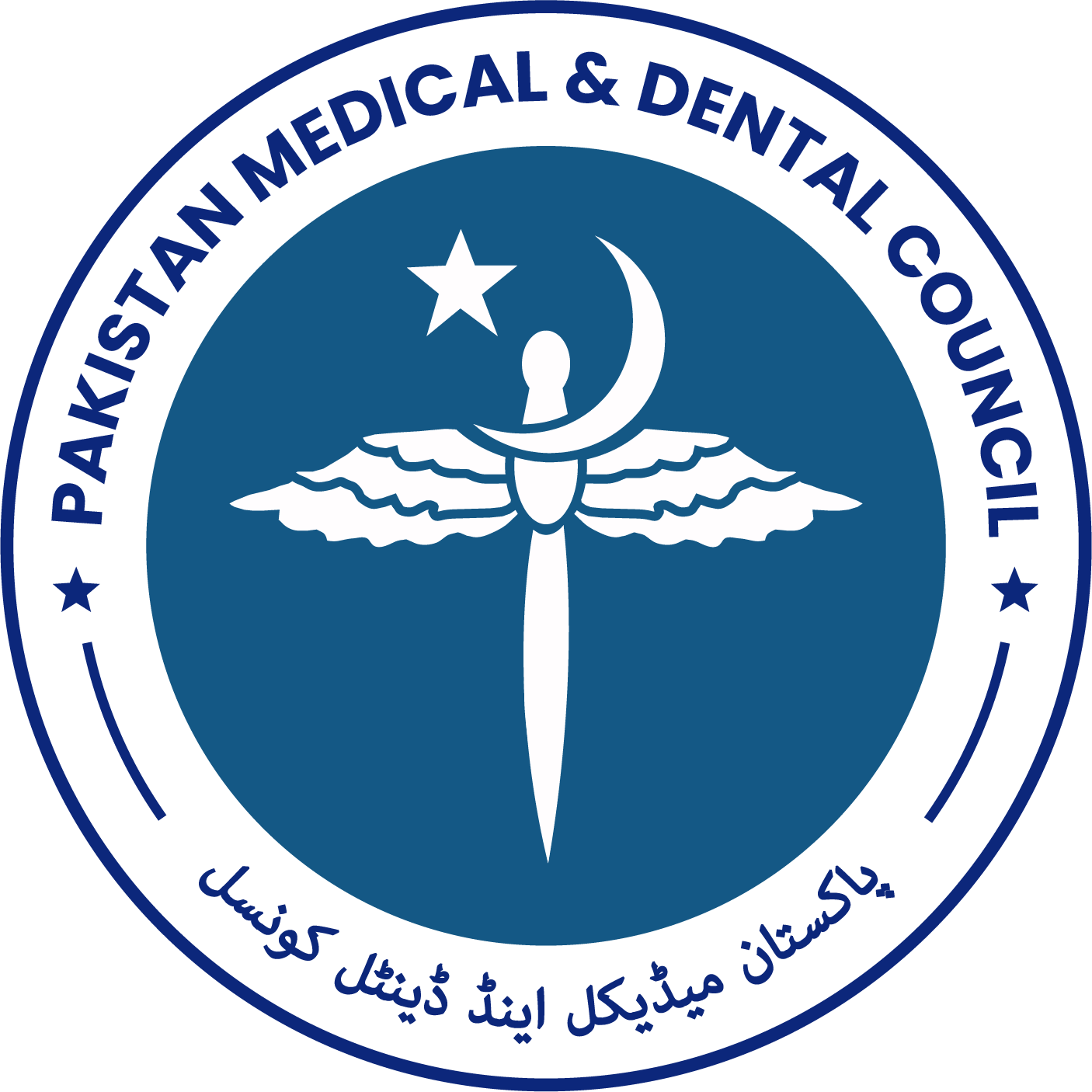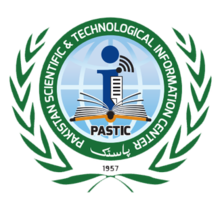The Multifaceted Consequences of Climate Change on Human Health
Abstract
Human health, worldwide, is in great peril due to pollution and climate change. The sheer scale and expanse of
climate change manifested as extreme weather conditions, changes in air quality, natural calamities, and vector
ecology are negatively impacting human health. Frequent floods, wildfires, erratic rainfall, sea-level rise, and
cyclones were documented across the globe in countries including Australia, Algeria, Brazil, China, Italy,
Greece, Malaysia, Nigeria, Pakistan, South Africa, Spain, Türkiye and USA.1 The growing number of adverse
health outcomes due to climate hazards is increasing the burden in the health services already impacted by the
COVID-19 pandemic, co-epidemics (e.g., human immunodeficiency virus and tuberculosis) and double burden
of disease (communicable and non-communicable diseases). Anthropogenic activities have drastically
increased atmospheric greenhouse gas levels leading to a significant increase in the global mean surface
temperature by 1.1° Celsius, warmer than the pre-industrial levels. The past seven years were declared the
warmest, the 1.5-degree climate target agreed upon at the Conference of the Parties (COP21 )in Paris seems far out of reach as the global mean surface temperature is projected to rise to a dangerous level of between 1.5o
Celsius and 3.5 Celsius by the end of this century.1
The ongoing climate stressors affect the populations that are most vulnerable and marginalised, like older
people, pregnant women, new-born babies, people who are socially deprived and people working outdoors.
Human exposure to intense heat is associated with heatstroke, adverse pregnancy outcomes (including
premature birth), acute kidney injury, disturbed sleep patterns, mental health problems, cancers and
worsening of underlying respiratory and cardiac disease. Annually, three million deaths are attributable to
infections caused by outdoor PM2-5 air pollution.1 Asthma, the most common respiratory illness among
adolescents, is influenced by higher and longer pollen seasons and poor air quality, increasing the risk of acute
asthma episodes. Vector-borne diseases like malaria and dengue have increased in Africa and Asia. Rare severe
infectious diseases caused by Naegleria fowleri, Nipah virus, and Coccidiodes spp have also increased.
Extreme climate events also disrupt the food supply; leading to malnutrition and disease susceptibility. Human
contact with environmentally mediated pathogens through food, water, animals, or insect vectors, causes
substantial morbidity and mortality globally. Waterborne diseases are rising globally, especially in LMICs, with
outbreaks of diarrhoea, hepatitis, cholera, malaria, dengue, salmonellosis, typhoid, dysentery, schistosomiasis,
and giardiasis.2 Moreover, Vibrio pathogens are more transmissible due to rising coastal water temperatures. In Pakistan, waterborne diseases are becoming more frequent due to climate-based increased variations in
temperatures and rainfall patterns, which have led to the challenges of water unavailability and exposure to
unsafe water. In 2017, an epidemic of drug-resistance typhoid resulted in an untreatable and prolonged
infection in Pakistani citizens resulting in many deaths in children below 15 years of age.
The footprint of climate change is becoming more extreme in South Asia; India, Pakistan and the Philippines
are in the “high” bracket” of the vulnerability assessment that has been most severely impacted by extreme
weather events, according to the latest report by Intergovernmental Panel on Climate Change (IPCC). Pakistan,
a negligible contributor to the overall carbon footprint, is still among the top ten countries vulnerable to climate
change by Global Climate Risk Index 2021.1 The recent heavy rainfall and floods in Pakistan have resulted in the
loss of life and livelihood. Human suffering, socioeconomic constraints, involuntary migration and
displacement in climate emergency are massive.
The response to the needs of the disaster-affected population remains a key challenge in terms of resource
constraints, afflicted health systems, changing disease burden, the provision of shelter and emergency relief
items, delivering lifesaving and livelihood assistance, water, sanitation and hygiene (WASH) needs, prevention
of disease outbreaks, addressing malnutrition, Gender-based violence (GBV), Psychosocial Support (PSS),
dignified protection, and family tracing.
The recent 2022 United Nations Climate Change Conference (COP27) concluded with a cover decision known as
the Sharm el-Sheikh Implementation Plan. COP27 concluded to provide “loss and damage” funding for
vulnerable countries hit hard by climate disasters. The other decisions included cutting greenhouse gas
emissions and adapting to the inevitable impacts of climate change, boosting finance and technology support,
and widening the capacity building needed by LMICs.
The planet's warming is jeopardising human health, demanding immediate climate action for mitigation and
adaptation, fossil fuel reduction, building resilient communities, investing in emerging green technology, and
integrating climate education into medical and school curricula.1-3 In our efforts towards a sustainable planet, it
is critical to accelerate climate action by strengthening multisectoral engagement.
Copyright (c) 2023 Wasim Alamgir, Hina Shan

This work is licensed under a Creative Commons Attribution-NonCommercial 4.0 International License.

















